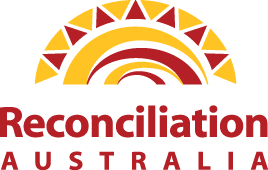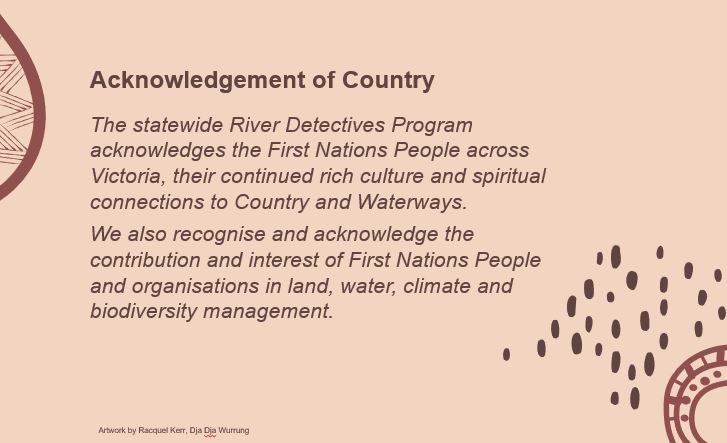Aboriginal Cultures
Explore the culture of Traditional Custodians and embed Aboriginal perspectives into your learning
Australians Together website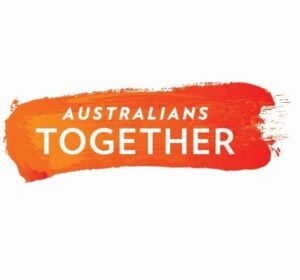
A portal for free F-10 resources created together with First Nations cultural collaborators, for professional learning and for articles/stories to learn more about our shared history.
|
Back to Nature (ABC TV) education resources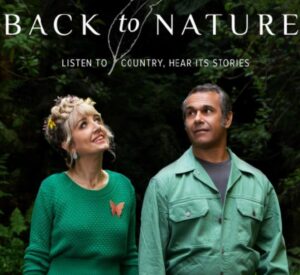
Comprehensive education materials for primary and secondary schools have been developed by Culture is Life to deliver key themes from the successful ABC Series Back to Nature, available on ABC iView. Key themes include Geology, History, Natural Science, Spirituality, Custodianship, Creation, Kinship, Healing, Belonging & Connection. Teachers can explore inquiry and discussion questions, activities for year levels 2-6, extended resources for year levels 7-10, pre-screening guidance and cultural considerations for teachers to support the delivery of Indigenous knowledge and perspectives in their classroom. Click here for Level 2-6 digital resources (click your mouse to scroll through) or click here for Level 7-10 resources.
|
Indigenous Plant Use booklet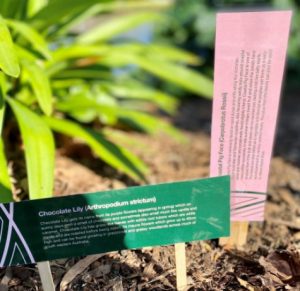
This booklet describes the medicinal, nutritional and technological uses of native plants found widely across the eastern Kulin Nation. The guide increases awareness of cultural plants although we suggest you seek advice from your local Traditional Owner group for specific information. The guide will help you design and establish a cultural garden with plant labels you can print, laminate and install.
|
The Mysterious World of Eels video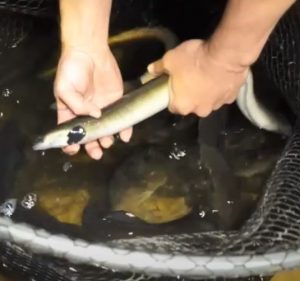
This recording of an ARI seminar features Uncle Denis Rose and Dr Wayne Koster presenting on their partnership in eel migration research. It shares the importance of eels (both culturally and ecologically) and what we’ve learned through satellite tracking. The video runs for 1hr and is suitable for older viewers as a rare chance to dive deeper into the mysterious world of eels.
|
Intergenerational Trauma animation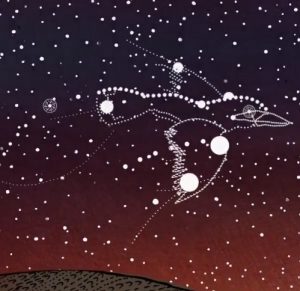
In Australia, Intergenerational Trauma predominantly affects the children, grandchildren and future generations of the Stolen Generations. This is a confronting topic causing all Australians to reflect on our shared history. Care should be taken about how/when this content is presented but the video from the Healing Foundation is extremely well done and thought-provoking to stimulate conversations with older students.
|
Share Our Pride website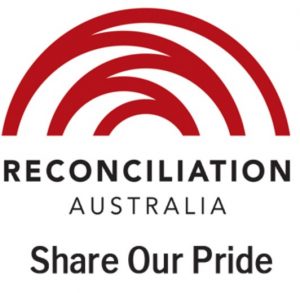
This website by Reconciliation Australia provides introductory cultural awareness training to give non-Indigenous people a glimpse into the lives and cultures of Australia’s First People. It has been put together for organisations to consider what they might do differently to build better relationships with Indigenous peoples to show respect for Indigenous Australians and to create opportunities for Indigenous peoples to help close the life expectancy gap and build a stronger Australia. The content is simple and presented in a very user-friendly, engaging format. Users can take the journey through each ‘chapter’ simply by scrolling down and clicking links or selected chapters/videos can be viewed. Note: Please preview content for its suitability to the age group you are teaching.
|
2023 Koorie Education Calendar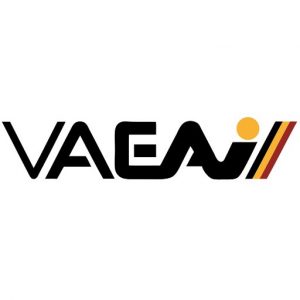
Framed around significant events throughout the calendar year, the interactive Koorie Education Calendar has been developed by VAEAI to assist educators and learners alike. The Calendar draws the learner to Victorian Koorie voices, stories and achievements, and features Koorie leaders, artists, authors, playwriters and more. The Koorie Education Calendar is updated annually and can assist schools in planning for key events and locating information about Victorian Koorie cultures, histories and perspectives. Designed to be printed on A3 paper.
We strongly recommend consulting with Aboriginal people and Aboriginal sources for information. Where available, your local LAECG is a good first point of contact and VAEAI can assist with contacts. Try to work with local community people and Elders, and always respect their intellectual and cultural property rights.
|
Annual Environmental/Cultural Celebration Dates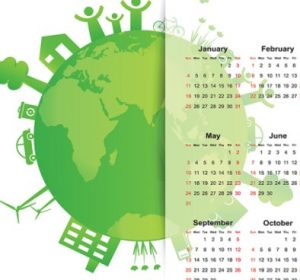
Schools and the community are invited to recognise and celebrate significant environmental / cultural days each year; some are regional, some national and some international. Many of these days tie in perfectly with the ethos of the River Detectives program and provide valuable opportunities to broaden/deepen environmental learning and encourage your students to advocate on a range of environmental and cultural issues. Check out this calendar (embedded with loads of links) and go wild !!
|
Easter Basket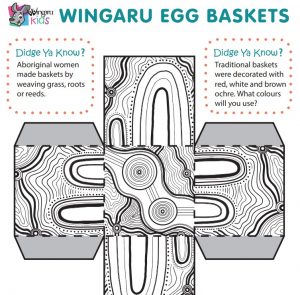
While Easter is not an Aboriginal celebration, eggs were a big part of customary life and looking at how Aboriginal people used eggs is a great perspective for all age groups at Easter time. The protocols around egg gathering took into consideration the sustainability of the species producing them. Eggs were respected as a source of life as well as nourishment for mob. Eggs would be collected in vessels weaved by Aboriginal women from the naturally available reeds and materials of the local area. This Easter printable features the artwork of Darug Artist, Chloe Webb.
|
NAIDOC Week website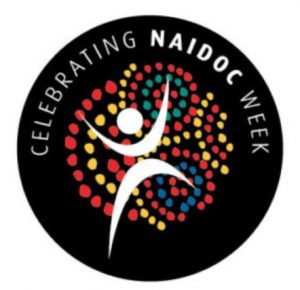
The learning resources available to all students through the NAIDOC website are invaluable for teachers and students. The NAIDOC teaching ideas developed by the National NAIDOC Committee relate directly to supporting teachers in addressing The Australian Curriculum: Aboriginal and Torres Strait Islander Histories and Culture cross-curriculum priority; with provision of content that can be used across multiple learning areas and stages/grades from Foundational Studies to Year 12. The teaching resources released each year for the annual theme provide Aboriginal and Torres Strait Islander perspectives for classrooms beyond the dates of NAIDOC Week each year.
|
Cultural Fire and Healing Yorta Yorta Country video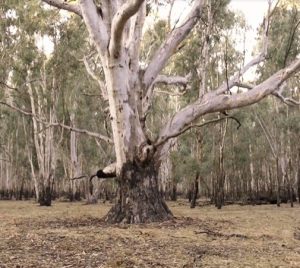
Listen to Yorta Yorta man Ralph Hume discuss cultural fire and healing country at the 2019 National Indigenous Fire Workshop near Dhungala (Murray River), Victoria, Yorta Yorta Woka (Yorta Yorta Country). A very interesting insight into how the landscape has changed since European settlement, why the riparian environment we see today is not considered healthy by traditional owners and how it can be healed.
|
Dja Dja Wurrung Tanderrum cultural ceremony video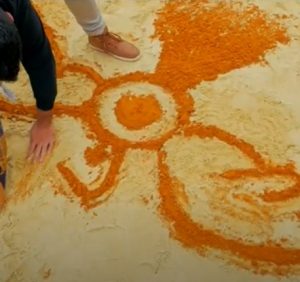
This is a powerful video put together when the Dja Dja Wurrung participated in the Melbourne Festival Opening in 2016 at Federation Square. Dja Dja Wurrung traditional owners joined five groups from the Kulin Nation in a tanderrum; a ceremony of welcome and hospitality for visitors to the land of the Kulin Nation. The video highlights the importance of cultural ceremonies to traditional owners, particularly now as a way of healing injustices of the past.
|
Brolga Bangarra Dance Theatre video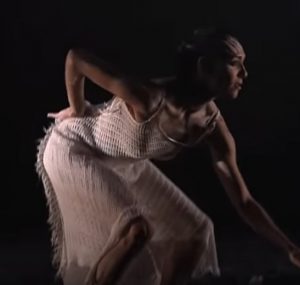
The brolga is a majestic bird of Victoria’s wetlands and has long been held as an important totem in traditional life. Watch a video of brolga’s visiting Tang Tang Swamp or a video about the birth of a brolga in central Victoria then enjoy watching the way the Bangarra Dance Theatre represents brolgas through dance.
|
The Water Tribe and Ochre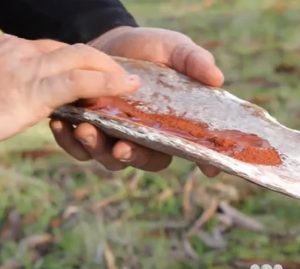
Proud Wathaurung man Barry Gilson is learning and writing songs in the language of his ancestors – a difficult task because “everything has been lost”. What does he mean by this? He also speaks of how ochre was and is used in Aboriginal ceremonies.
|
Budj Bim eel trap system video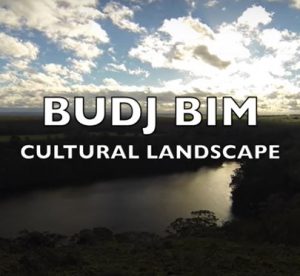
Budj Bim is a dormant volcano in South Western Victoria on Gunditjmara Country. Budj Bim means High Head in the language of Gunditjmara people and is home to one of oldest aquaculture systems in the world. Budj Bim is said to have erupted over 30,000 years ago and the lava flow that resulted created a system of channels that Gunditjmara people developed into weirs, dams and traps for fish and eels. Older students may wish to find out more about the UNESCO World Heritage-listed Budj Bim National Park by watching this 30 minute virtual tour presented by the Glenelg Hopkins CMA for the 2020 Victorian Nature Festival.
|
Seasonal Calendars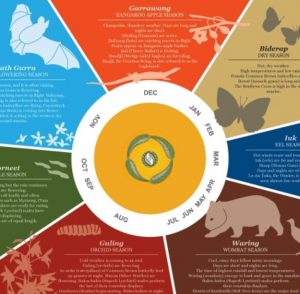
Aboriginal people traditionally lived by seasonal calendars not dictated by the conventions of summer, autumn, winter and spring but by the changes they observed in nature throughout a year. This is one example of a Kulin Nation seasonal calendar. You might be able to source one that is more specific to the traditional owners of your area ? Click here for an outline of the Wotjobaluk seasonal calendar for the Wimmera-Mallee area or view another version at the Visit Grampians website. Click here to watch a video about Dja Dja Wurrung seasons. Keep observations of your waterway and local catchment throughout a year with your students and make your own text or pictorial calendar inspired by a traditional seasonal version or this riparian/agricultural example from the North Central CMA. . . . .or combine the two !
|
Plants of the Wetland video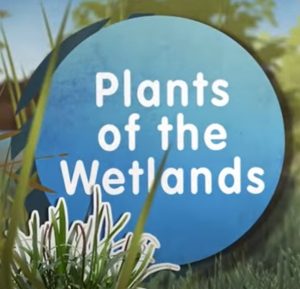
Learn why plants are important to a wetland, and how some were used by indigenous people for food, fibre and medicine. Filmed at the Edithvale-Seaford wetlands where there are 87 plant species with records of Aboriginal use, this is a great video for students in any region to understand the role wetland plants play. This is one of six educational wetlands videos featuring the Edithvale-Seaford Wetlands.
|
How the Murray River was made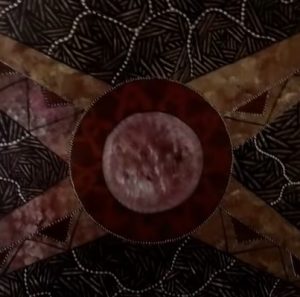
Many of the waterways in northern Victoria enter the Murray River. Enjoy this re-telling of the story as it has been come to be learned by Narjiic Day-Burns.
|
Seeing the land from an Aboriginal canoe video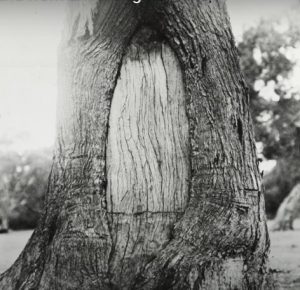
This 10 minute video gives a wonderful insight into the way 19th century European settlers depended on Aboriginal navigators and canoe builders to transport goods, stock and people. This short documentary film explores the little known contribution Aboriginal people made in colonial times across the river systems of Victoria. It features interviews with the historian Associate Professor Fred Cahir and Traditional Owners Uncle Bryon Powell, Jamie Lowe and Rick Nelson. For other cultural/historical videos, documents, photos, etc about waterways near you, type the name of your creek/river into the search bar of the Collection Search tab of the Culture Victoria website. You’ll be amazed at what you find !
|
SBAT with the NCCMA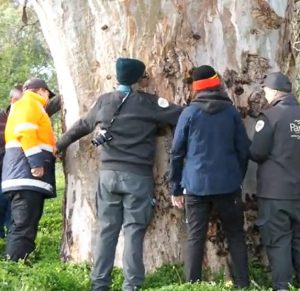
School Based Apprenticeships and Traineeships (SBAT) are available for high school students over the age of 15 years. Students work for an employer and train towards a recognised qualification while completing their secondary schooling and studying for their VCE or VCAL. The North Central CMA have hosted three students during 2020 helping them build connection to their culture, environmental knowledge and skills, self confidence and career pathways. If you’re an older student looking for inspiration this video shows how SBAT and natural resource management organisations can work together for great outcomes.
|
You And Me, Murrawee picture story book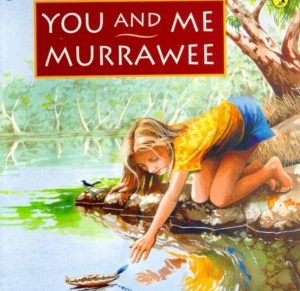
You And Me, Murrawee by Kerri Hashmi is a simple yet very powerful story for primary aged children about the rhythms of daily life beside a river and the many reasons we enjoy time by the water. It highlights the timeless appeal of rivers, the constant yet ever-evolving circle of life for people/plants/animals and prompts us to evaluate modern and traditional life through the subtle revelation that the characters are living 200 years apart. Murrawee means ‘elder sister’ in the language of the Ngarrindjeri people from the Murray River in South Australia but this story is set at an unnamed river and can be used in any location. Enjoy this online reading of the story or purchase the book at your favourite book store. Teacher notes for the story are not available but endless learning opportunities abound.
|
Wilam: A Birrarung Story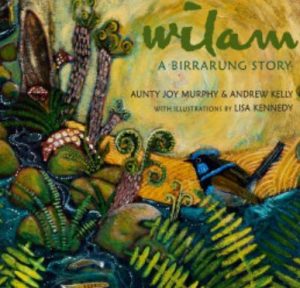
Wilam: A Birrarung Story is written by Aunty Joy Murphy and Andrew Kelly and illustrated by Lisa Kennedy. It tells the Indigenous and geographical story of Melbourne’s Yarra River, from its source to its mouth, from its pre-history to the present day and includes words from the Woiwurrung language. There are no online versions of this book but a hard copy can be ordered at your favourite book store. Comprehensive cross-curricular teacher’s notes are a wonderful guide to implementing this beautiful book in the classroom.
|
Traditional Owners of Australia – text version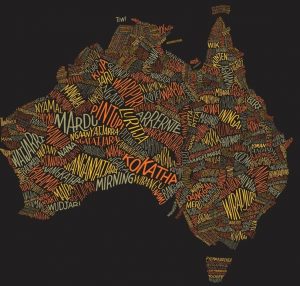
This is a different take on standard maps showing the traditional owner areas across Australia with groups displayed as text rather than shaded colours. It’s an extremely effective way of showing the diversity of Aboriginal cultures.
|
“Where’s Our Water” digital picture story book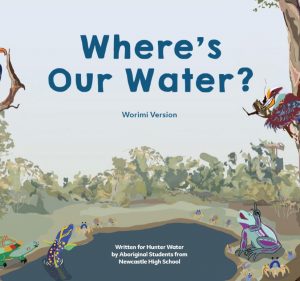
This book came out of a project co-ordinated by Hunter Water in NSW. Although it is not local, the story has valuable messages that apply to any catchment and the project is an inspiring example of what can be achieved when students work closely with traditional owners. Where’s Our Water? has been written for primary school students in the Lower Hunter region to teach them about the value of water as a precious resource and that it is everyone’s responsibility to care for it to ensure we have enough now and into the future. Hunter Water has collaborated with both the Awabakal and Worimi communities to create this new story that draws on their traditional wisdom and practices of caring for our land and waterways. You can also watch a video about the project.
|
Aboriginal Victoria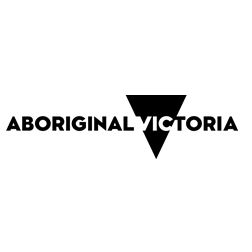
Aboriginal Victoria aims to protect Aboriginal cultural heritage, promote the advancement of Treaty and self-determination, and deliver programs to strengthen Aboriginal communities.
|
Culture Victoria: Aboriginal Culture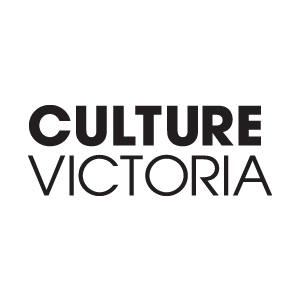
Culture Victoria is a gateway to Victoria’s cultural collections and organisations. It provides access to images, videos and stories that showcase the richness and diversity of Victoria. Type a location or waterway into the Collection search to discover content from cultural agencies and over 300 professional and community collections.
|
Victorian Aboriginal Education Association Incorporated (VAEAI)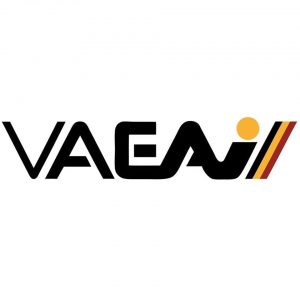
The Victorian Aboriginal Education Association Incorporated, or VAEAI, is the state-wide Aboriginal community-controlled organisation for education and training in Victoria.
|
Traditional Owners Map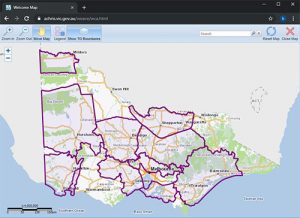
Victoria has a strong and proud Aboriginal history, and complex ownership and land stewardship systems stretching back many thousands of years. This map allows you to find out who the formally recognised Traditional Owners are for an area.
|
